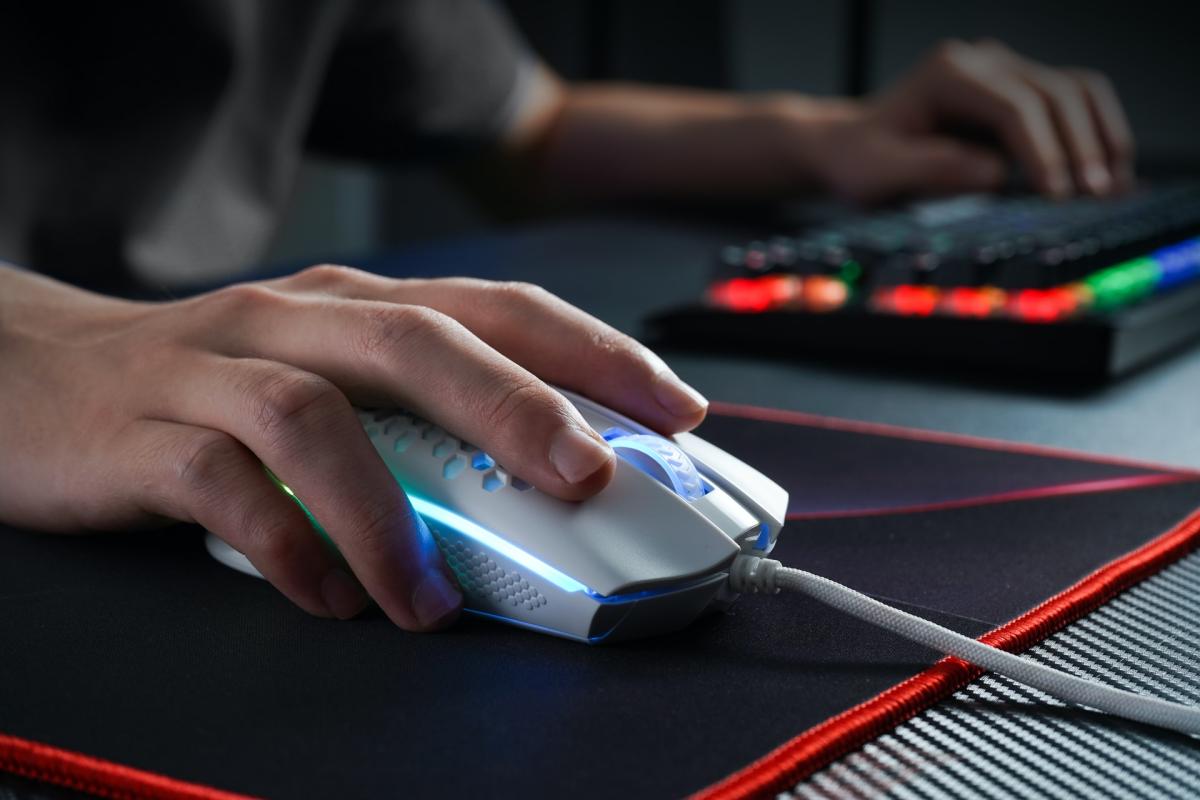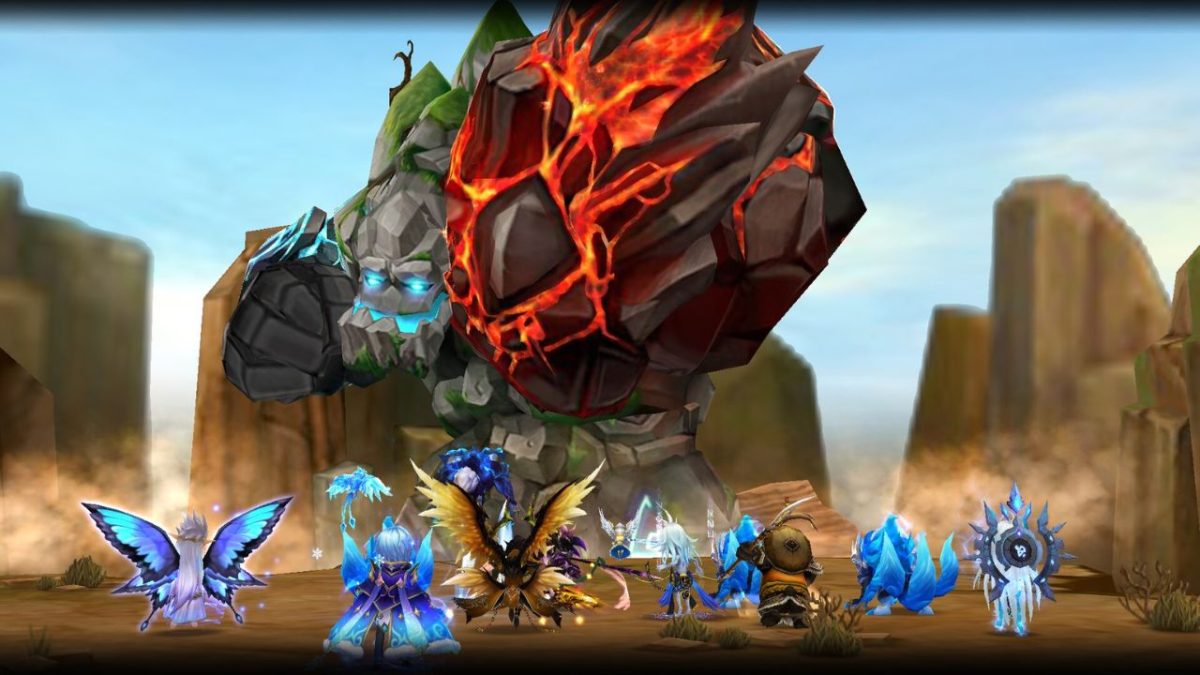When looking to add a new gaming mouse to your battle station, there are always many options to consider. However, an area where gamers may find the most difference in performance comes down to the mouse’s DPI settings. So, what does DPI mean, and why is it important for gaming?
DPI stands for dots per inch. These dots refer to the number of pixels on the computer monitor that can fit within an inch of space picked up by the mouse sensor.
For example, you have two gaming mice with different DPI settings connected to two separate monitors. If you were to move each mouse an inch to the right, the cursor of the mouse with the higher DPI setting would move further to the right than the cursor with the lower DPI setting. To sum it up, the higher the DPI setting is, the faster or further the mouse cursor will move across the screen, giving the mouse a higher sensitivity.
How does mouse DPI help gaming?
Whether or not you will want a gaming mouse with higher DPI settings comes down to the kind of games you enjoy most and personal preference in terms of comfort. While a higher DPI offers more speed, a lower DPI setting will give players more control and accuracy with their mouse movements. Both DPI settings can be helpful in certain scenarios.
A higher DPI setting can help with many PC game genres, including popular first-person shooters. Since many of these games are fast-paced and require quick and sudden movements, having a higher DPI setting will allow gamers to move their target reticle across the screen faster with lower effort movements from your mouse hand.
Even though speed is important in competitive shooters, many players prefer a lower DPI mouse due to its superior control. Lower DPI settings are also preferred in genres such as MOBA or real-time strategy games, allowing precise movement of characters or commanding units with more accuracy.












Published: Sep 9, 2021 03:35 pm